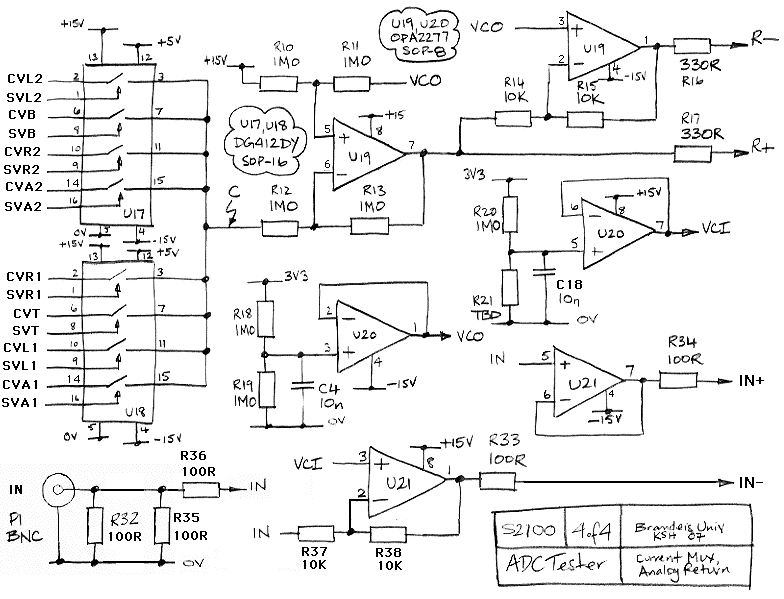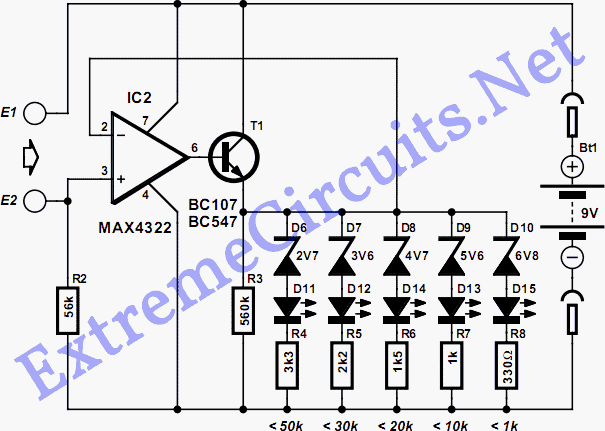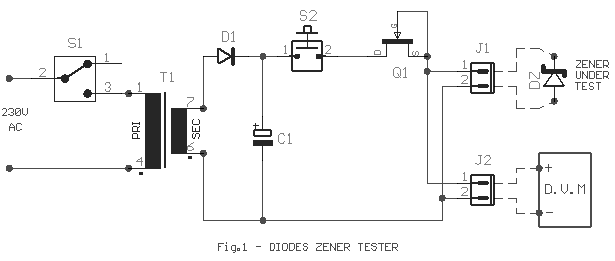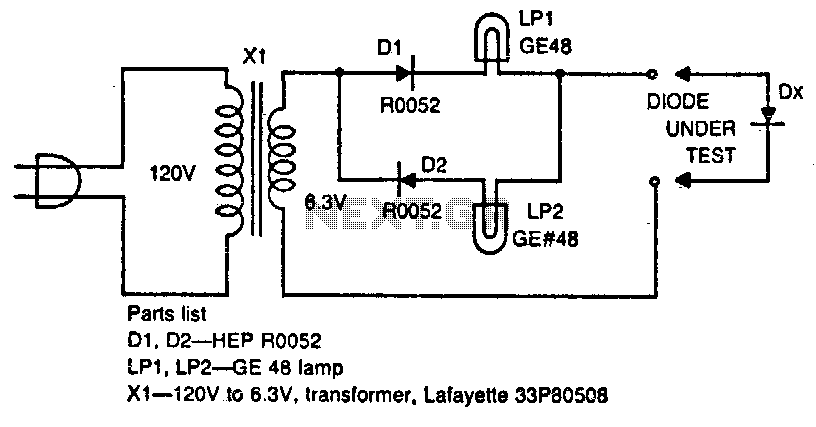
capacitor tester

The PACO C-25 differs from the Healthkit IT-22b in that it tests both regular and electrolytic capacitors and utilizes a 40 MHz oscillator to allow a rough measurement of capacitance through a bridge circuit. In vintage vacuum tube equipment, capacitor values typically need to be approximately correct to function effectively, so a high level of accuracy is not essential. For greater precision, a Heathkit impedance/capacitance bridge is available if needed.
The PACO C-25 capacitor tester is designed to evaluate various types of capacitors, including both standard and electrolytic variants. Its operation is based on a bridge circuit that leverages a 40 MHz oscillator, which generates a signal used to determine the capacitance value. This method provides a quick and efficient means to ascertain whether capacitors are functioning within acceptable limits, particularly in applications involving vintage vacuum tube equipment where precise capacitance values are less critical.
In contrast to the PACO C-25, the Healthkit IT-22b is limited to testing regular capacitors and may not accommodate the specific requirements of electrolytic capacitors. The bridge circuit employed in the PACO C-25 allows for a more versatile testing approach, making it suitable for a broader range of applications in electronic repair and restoration.
For scenarios where higher accuracy is necessary, the Heathkit impedance/capacitance bridge serves as a complementary tool. This device is capable of providing more precise measurements by utilizing a different methodology that may include more advanced circuitry and calibration techniques. Thus, while the PACO C-25 offers convenience and speed for general testing, the Heathkit option is available for situations demanding meticulous evaluation of capacitor performance.
Overall, the PACO C-25 stands out for its practicality in vintage electronics, where approximate values suffice, while also providing the flexibility to incorporate more accurate measurement tools when needed.The PACO C-25 differs from my Healthkit IT-22b in that it tests both regular and electrolytic capacitors as well as using a 40Mc oscillator to enable a rough measure of capacitance using a bridge circuit. Most of the time, with vintage vacuum tube equipment, capacitor values need only be "in the ballpark" to function perfectly so a high degree of accuracy is not required.
For more accuracy I have a Heathkit impedance/capacitance bridge if required. 🔗 External reference
The PACO C-25 capacitor tester is designed to evaluate various types of capacitors, including both standard and electrolytic variants. Its operation is based on a bridge circuit that leverages a 40 MHz oscillator, which generates a signal used to determine the capacitance value. This method provides a quick and efficient means to ascertain whether capacitors are functioning within acceptable limits, particularly in applications involving vintage vacuum tube equipment where precise capacitance values are less critical.
In contrast to the PACO C-25, the Healthkit IT-22b is limited to testing regular capacitors and may not accommodate the specific requirements of electrolytic capacitors. The bridge circuit employed in the PACO C-25 allows for a more versatile testing approach, making it suitable for a broader range of applications in electronic repair and restoration.
For scenarios where higher accuracy is necessary, the Heathkit impedance/capacitance bridge serves as a complementary tool. This device is capable of providing more precise measurements by utilizing a different methodology that may include more advanced circuitry and calibration techniques. Thus, while the PACO C-25 offers convenience and speed for general testing, the Heathkit option is available for situations demanding meticulous evaluation of capacitor performance.
Overall, the PACO C-25 stands out for its practicality in vintage electronics, where approximate values suffice, while also providing the flexibility to incorporate more accurate measurement tools when needed.The PACO C-25 differs from my Healthkit IT-22b in that it tests both regular and electrolytic capacitors as well as using a 40Mc oscillator to enable a rough measure of capacitance using a bridge circuit. Most of the time, with vintage vacuum tube equipment, capacitor values need only be "in the ballpark" to function perfectly so a high degree of accuracy is not required.
For more accuracy I have a Heathkit impedance/capacitance bridge if required. 🔗 External reference





